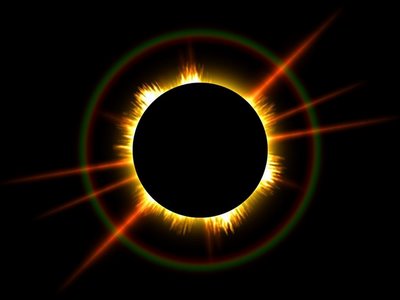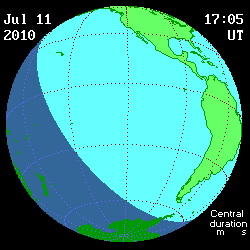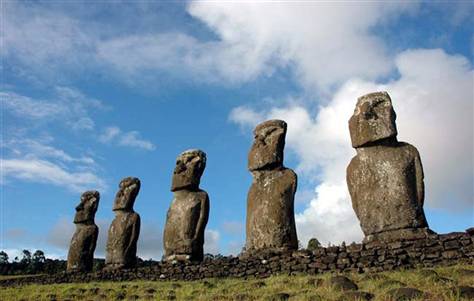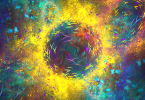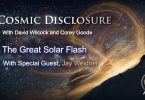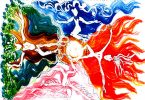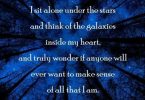July 11th 2010 New Moon Total Solar Eclipse
The first thing to keep in mind is the time:
Totality will be visible only from a thin track that runs through the South Pacific. The event begins at sunrise on the west end of the track, and quickly runs eastward toward sunset on the other side of the track, as shown in Andrew Sinclair's animated graphic:
The central part of the moon's shadow touches down around
2:15 p.m. ET Sunday, zooms over the ocean, hits the French Polynesian island of Tatakoto around 2:45 p.m. and passes over Easter Island's throngs starting at 4:08 p.m. ET. The eclipse finishes up over Chile and Argentina, near the southernmost tip of South America, at 4:51 p.m. ET.
The total phase of the eclipse lasts only a few minutes at most. The partial phase, during which the moon slowly covers up the sun's disk and then retreats, lasts much longer – about an hour and a half on each side of totality on Easter Island, for instance.
Where to look on the Web
If you're up for Web-based eclipse-chasing, check out these sites during the partial phase, and be prepared to switch around as the climax nears for each region:
The July 11 solar eclipse will mark the third summer in a row such a celestial event has occurred. But unlike last year, when literally tens of millions of people experienced the passage of the shadow as it swept across India and China, Sunday's eclipse will be experienced by at best, tens of thousands.
Still, there will be several thousand individuals who are hoping to get a view of the totally eclipsed sun from perhaps one of the most isolated and remote spots on the face of the Earth: the legendary and mystical Easter Island.
&
Easter Island around 10:00 A.M.
Hawaii Time
Astrological/Vedic Transformation

